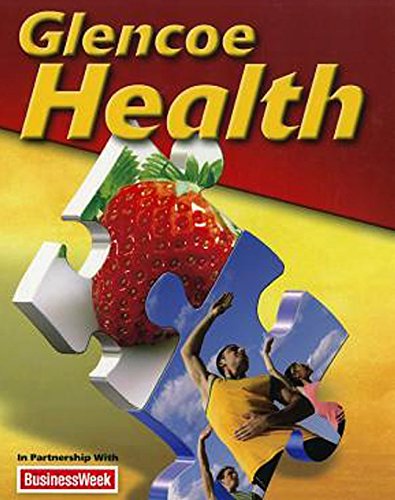
All Solutions
Section 27.2: CPR and First Aid for Shock and Choking
2. CPR (CardioPulmonary Resusciation)
3. Defibrillation
4. Advanced care
The treatment for choking between infants and adults is different mainly because they differ in terms of anatomy and causes. Infants have a larger tongue-to-mouth ratio and narrower airways. They have smaller chests, so the depth of compressions should also be shallower. For adults and infants, choking on food is still the most common cause. However, infants also tend to put anything they grab in their mouths such as coins, pen caps, and other small objects.
During CPR training and certification, experts will teach you the proper techniques in performing CPR. There are also informational handouts and lectures. You need to pass a certain mark in both practical skills and written examination to be certified.
Try to inquire if there’s any organization in your school that conducts this training. You can ask your local health center, local Red Cross unit, or health organizations near you. You may also have CPR classes online through virtual instructions.
textbf{Health Emergency First Aid: Choking}
$$
Observe for signs of choking such as clutching the throat, inability to speak, coughing, face or lips turning pale, and loss of consciousness. Help the person immediately if you see these signs.
$$
text{underline{Adult:chest thrusts}}
$$
* Stand behind the person, wrap your arms around his/her waist and bend him/her forward. ($textit{If the person is pregnant or obese, wrap the arms around the ribcage instead.}$)
* Clench a fist and grasp it with the other hand.
* Pull your hands sharply into the abdomen upwards and inwards.
* Repeat the movement until the object is dislodged.
$$
text{underline{Infant:alternating back blows-chest thrusts}}
$$
* Hold the infant face-down over your forearm and along your thighs. Set his/her head a little lower.
* Using the heel of your hand, hit the back firmly just between the shoulder blades up to five times.
* If that didn’t work, turn the infant around facing upward and perform 5 chest compressions (infant CPR version).
* Call emergency services if the baby is still not breathing. Continue with the procedure until medical help arrives.
$$
textit{Other Health Emergencies: cardiac arrest, drowning, and shock}
$$
Haven't found what you were looking for?
Search for samples, answers to your questions and flashcards

